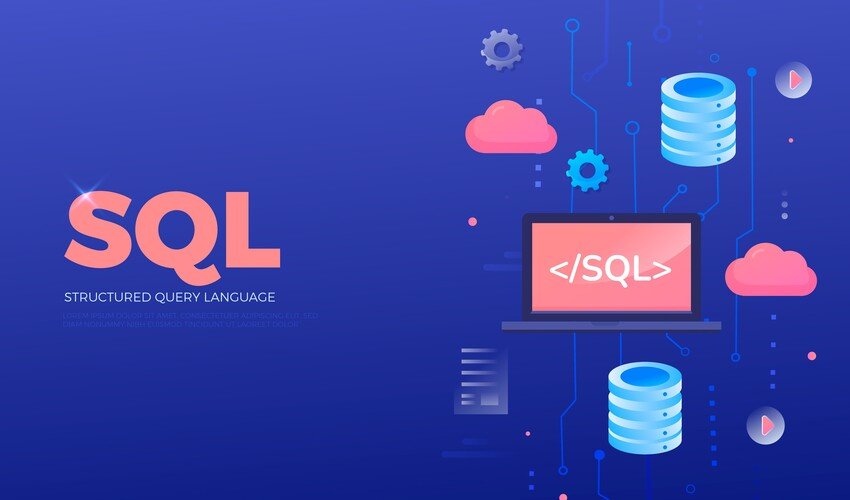An explanation of the key stages of the software development life cycle both for beginners and as a gentle reminder for the experts.
The software development life cycle is different for every project and every development team, but there are key stages that must be carried out. Whether as a beginner working on first projects or an experienced developer, it is worth being reminded of the critical components of the life cycle and why they are so important. Being a tech essay writer, I should say that each stage results in the creation of a document to record the information gathered and the decisions that were made.
Customer Requirements of the Software Development
The life cycle starts with the customer statement of what is wanted. From experience, (not from arrogance), this is usually not what they require. There are occasions when the customer is extremely well versed in both the problem and the solution but it is more often the case that the need is understood because they know their business, but there is little knowledge of the vast array of possible solutions. This should be obtained in writing wherever possible as it stops confusion and arguments later on.
Software Requirements Specification
With this document, the development group shows an understanding of the requirements as stated by the customer. This document is almost a copy of the customer requirements but written as a response to demonstrate that the customer needs have been read and understood. This gives the customer a good feeling that they have been listened to and that the software development team has the skills and knowledge to work on the solution.
Software Functional Specification
This is a description of what is planned to be produced and how it will work. It is of great benefit to all concerned if a software prototype can be created at this stage of the life cycle so that a process of iteration can occur. The prototype need not be anything more elaborate than a sequence of screenshots created in a paint program, but a small application is better. The important thing is that there is a dialog between the developers and the customer to more accurately state the requirements and agree on what will be produced.
The conversation usually takes the form of: “I did not know you could do that” and “that is not quite what I need, I want something like this…”. If the customer is part of the group that creates this document, then everyone will be happy that the team is on the right track.
Software Design Specification
The implementation stage of the life cycle. The software is written and this document describes what is being produced and how it works. It is not so important to include the customer during the actual development as the functional specification states what they will receive. There should be progress review meetings at relevant milestones within the development to which the customer can be invited.
Critically, there may be requests for changes to the requirements while the software is being created and this is where the documentation for the requirements comes into play. When something extra is asked for then the initial documentation can be referred to and the effect of the change discussed.
Software Test Specifications
There are two stages in the life cycle of testing the software (or anything) that must be performed, and these sometimes get combined or confused. The two are Verification and Validation.
Verification is the internal process of testing each part, and then as a whole, to make sure the software functions correctly. This stage is often quite intense and may involve writing special test harness software to stress every input; process and output.
Validation is the process of testing the software against the requirements. The test checks that the software carries out the functions that the customer, eventually, requested. Following the istqb certification process can help testers understand both verification and validation in a structured, standardized way. This can ensure that professionals are well-equipped to apply best practices and perform these stages effectively in real-world projects.
Why is it Called a Software Development Life Cycle?
Many projects end at the delivery of the application to the customer – and so why is it called a life cycle? The reason is that there should always be a review of the software with the customer once the development has finished and the application has been in use for a while. The program will be unlikely to have solved the problem completely and so this review identifies any shortcomings and any changes that the customer may require. This analysis is a critical part of the software maintenance process.
The cycle back to the requirements makes this a lifelong process where the customer is happy with what they receive and the team can develop new versions neatly controlled by the critical stages of the software development life cycle.
About the Author:
Diane H. Wong is a search engine optimization specialist and business coach. Besides, she is a research paper writer DoMyWriting so she prefers to spend her spare time working out marketing strategies. In this case, she has an opportunity to share her experience with others and keep up with advancing technologies.
Read Dive is a leading technology blog focusing on different domains like Blockchain, AI, Chatbot, Fintech, Health Tech, Software Development and Testing. For guest blogging, please feel free to contact at readdive@gmail.com.





